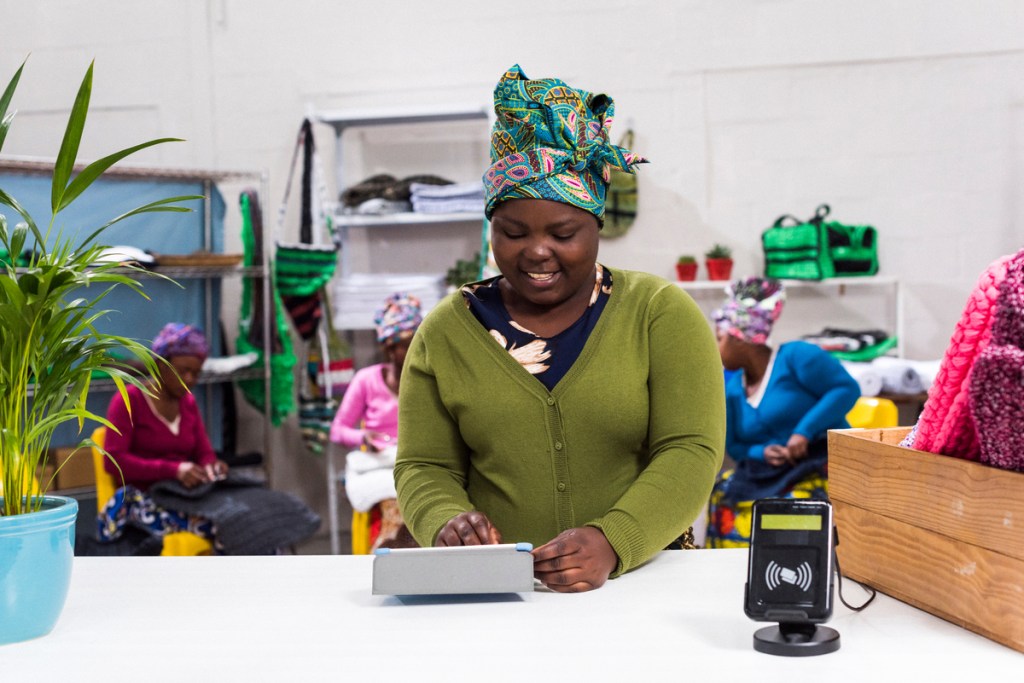Changing shopping habits
It would be easy to suggest that the pandemic was the sole catalyst for the latest disruptions in the retail landscape. However, the data suggests that even before the pandemic started, the retail landscape was already beginning to transform.
Evolving online habits, heightened environmental consciousness, and progressively experimental and experience-seeking shoppers meant that the foundation for our current retail landscape was already in place.
Life after the pandemic has further reinforced this, as shoppers have adjusted to the homebody lifestyle in certain aspects. It’s not a surprise that shoppers have also evolved a lot more. Now the big question is where shoppers will go from here and how the retail environment will further evolve. As a result of this, manufacturers and retailers/e-tailers have been forced to respond to the evolving needs of shoppers.
In our recent webinar, we discuss these changing consumer habits in detail – below is a breakdown of the key takeaways.
The rise of the omnishopper
According to NielsenIQ data, in 2019, omnishoppers, or shoppers that shop both online and in physical stores, made up 22% of shoppers in APAC. By 2020, that number had risen to 82%. Even now, two years later, that number remains largely unchanged at 79%.
If we take a closer look, we can see that the omnishopper has become the new normal throughout Asia-Pacific (APAC) region—except Australia, where shoppers have slowly rebounded to physical stores post-pandemic.
The evolution of shopper behavior
While looking at the evolution of APAC shoppers, let’s also look at the backdrop of different shoppers segments which emerged based on how they have been financially impacted during this time. According to NielsenIQ data, this includes:
- Strugglers: 14% of shoppers have suffered financial insecurity and continue to do so today.
- Rebounders: 22% of shoppers have experienced income or job loss but now feel they are back on track.
- Cautious: 27% of shoppers have not been impacted financially but are cautious with their spending.
- Unchanged: 26% of shoppers were not impacted and continue to spend the same way they always have.
- Thrivers: 10% of shoppers have saved money and feel more financially secure than ever.
Key shopper behavior theme changes
Price and promo consciousness
With our data showing over 60% of shoppers being cautious and vigilant about their spending habits, retailers can expect price and promo consciousness to continue being crucial to the shopper experience. These constrained shopper segments are living in a recessionary and inflationary environment.
While on the other hand, a closer look tells us that this growth is based on price increases and not volume increases. With shoppers feeling this pinch, they are adopting different coping strategies.
Many are buying only essentials and cutting down on perceived luxuries. Shoppers throughout APAC are buying in bulk to get lower prices, switching to cheaper brands, and buying less in general.
With deal/promotion-seeking behavior taking precedence, shoppers are actively looking for promos within stores, and are even willing to change brands and stores for promos.
Expanding online channel repertoire
Today, shoppers have an equal number of online and physical channels in their repertoire and do an equal number of shopping trips to both online and physical stores. That being said, the online experience is noticeably fragmented and is driven by a mixture of sub-channels.
Shopping journeys differ by the online sub-channels just as we know they differ for physical stores. For example, the actual choice of the store plays a primary role in the journey of online-to-offline shoppers, whereas e-commerce alone is a much more product-centric journey at the onset.
Balancing online and offline shopping
Traditionally, physical stores have bigger baskets as they look to stock up. Online channels usually have smaller baskets by comparison, as they’re typically looking for non-essential items.
As we take a deep dive into the online experience, we can see that big baskets are actually prominent in certain online sub-channels, like online to offline (O2O), social commerce, and grocery apps.
The data also shows that online baskets spread across food and non-food items are channel sensitive. Going beyond that, shopping on e-commerce marketplaces tends to mirror spending In certain markets whereas O2O tends to mirror spending in hyper/supermarkets.
New and emerging online channels: social commerce and live shopping
The data shows that high experimentation behavior leads to retail innovations, with noticeable innovations throughout China, Malaysia, and the Philippines. Our data found that social/live commerce can entice shoppers by striking the right chord between a fun, engaging activity and influencer trust/quality.
Seamless online offline experience
In APAC, 99% of shoppers still use offline channels, and this behavior will no doubt continue into the future. To seamlessly provide shoppers with the same experience across online stores and physical stores, it’s important to understand which factors matter to shoppers while shopping in each of the formats.
For example, both ease of registration/payment and access to the best prices are highly appealing to shoppers on online channels. On the other hand, a wide product range, product description/information, access to quality products and good deals/promotions are essential for the physical store shopper experience.
The implications of the omnishopper
During this volatile environment and these uncertain times, having different prices/promos in accordance with different sub-channels and different shopper groups is critical. One size does not fit all, and appealing to the highly cautious and value-seeking shopper will depend on your ability to understand this.
With the emergence of new and diverse online formats continuing to drive experimentation, innovation will be key to maintaining novelty and stickiness in the market. Shoppers will establish shopping rules for different online channels in the long run.
Online purchase dynamics now mirror physical formats closely, which means that assortment and pricing dynamics need to reflect this new omnishopper reality to maintain traction.
Omni channel is here to stay, with increased interaction across channels and categories. This implies that business models need to continue evolving, delivering seamless experiences as online-offline expectations merge.
Today’s shopper moves more fluidly across retailers and channels, making it even more challenging to see the full landscape and how to prioritize opportunities.
Whether you’re looking to identify the drivers of shopper purchasing beyond the core purpose with NielsenIQ Market Structure & Consumer Decision Tree, or you need to create a store plan using an immersive 360-degree simulation with NielsenIQ Smart Store, NielsenIQ Consumer Insights uses proven predictive analytics, veteran expertise, and clear, actionable direction to provide your business with the insights you need to move forward with confidence.
Sources
- NielsenIQ Shopper Survey April 2020
- NielsenIQ Shopper Survey April 2022



